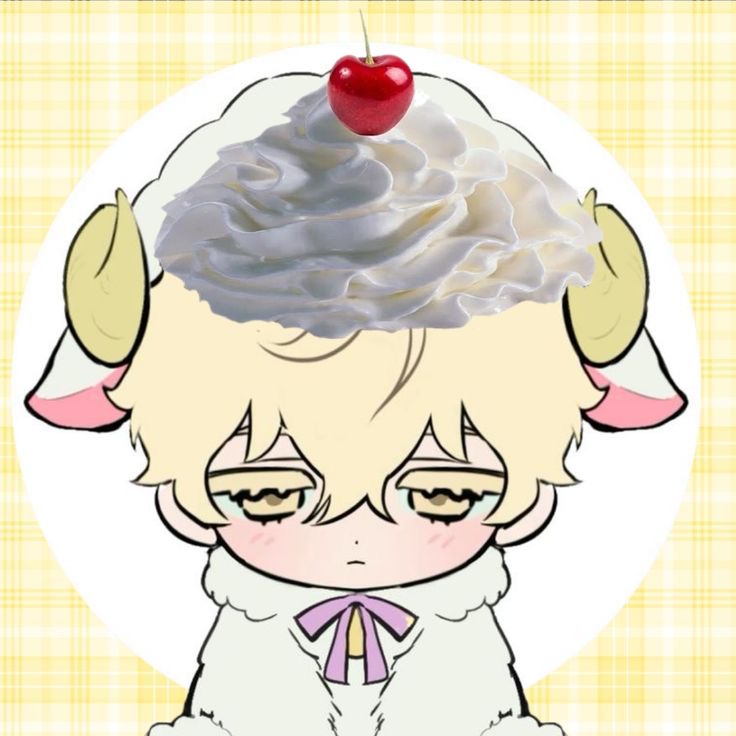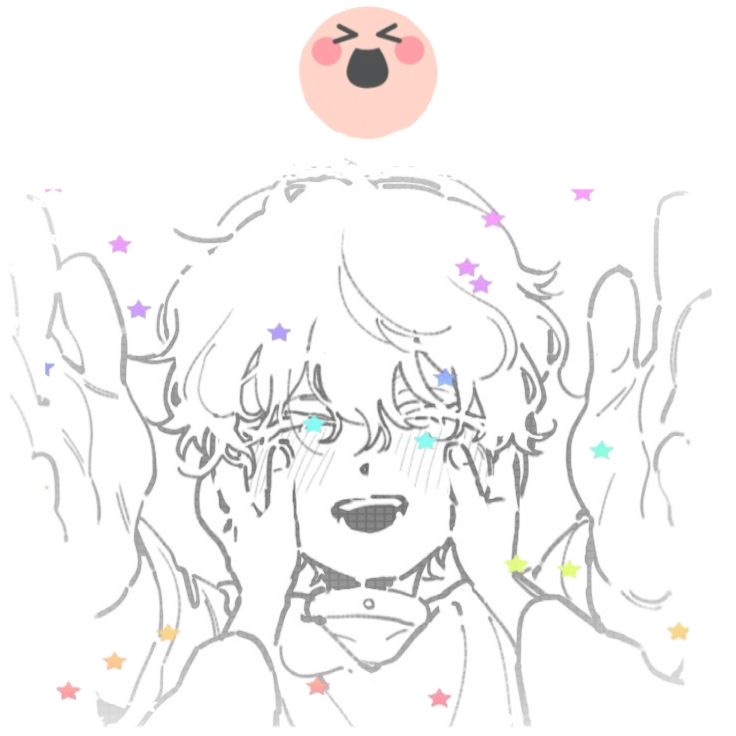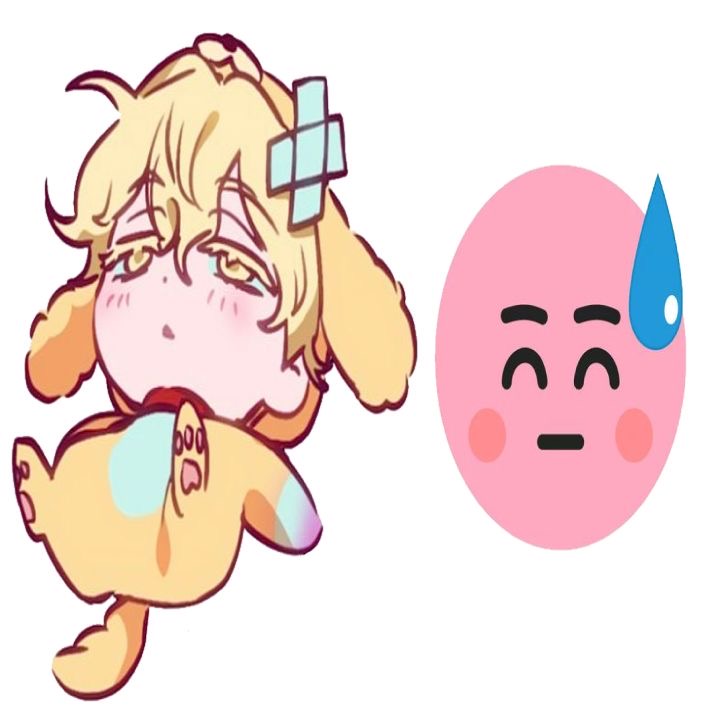unit 1 biological bases of behavior : sleep, drugs, neurotransmitters
1/22
Earn XP
Description and Tags
alien stage luka themed
Name | Mastery | Learn | Test | Matching | Spaced |
|---|
No study sessions yet.
23 Terms

Consciousness
The state of being aware of and able to perceive one’s thoughts, feelings, sensations, and surroundings. Involves various levels, from alert wakefulness to alerted states such as sleep o meditation

Circadian Rhythm
Natural, internal process that regulates the sleep-wake cycle and repeats roughly every 24 hours , influences patterns of alertness, hormone release, body temperature, and other physiological processes

NREM STAGE 1
first stage of non-rapid eye movement sleep characterized by drifting in and out of sleep, lasting only a few minutes
brain waves slow down, muscles relax, individuals may experience sudden muscle movements (contractions) known as hypnic jerks

NREM 2
second stage of NREM characterized by light sleep lasting about 20 minutes
brain waves further slpw down and sleep spindles (short bursts of brain activity) y K-complexes (sudden sharp waveforms) appeat

NREM 3
deepest stage of non-rapid eye movement sleep characterized by the presence of predominantly delta waves y Restoration of Resources (The process during sleep where the body and brain replenish energy, repair tissues, and remove waste products, promoting physical and mental well-being)

REM
a stage of sleep characterized by rapid eye movements, vivid dreams, and muscle paralysis — associated with increased brain activity, including dreaming, and plays a role in memory consolidation and emotional processing
REM bound
phenomenon where the body increases the time spent in REM sleep after a period of REM deprivation — occurs as a compensatory response to the lack of REM sleep, often resulting in more intense and frequent REM sleep episodes
Activation-Synthesis (Dreams)
theory proposing that dreams are the result of random neural activity in the brainstem during REM sleep, which is then interpreted and synthesized by the cerebral cortex into a narrative or story.
Consolidation Theory — Dreams
theory suggesting that dreams play a role in the memory consolidation and processing of memories. During sleep, the brain organizes and integrates information acquired throughout the day, contributing to memory storage and learning
Insomnia
sleep disorder characterized by difficulty falling asleep, staying asleep, or experiencing restorative sleep, leading to daytime impairment such as fatigue, mood disturbances, and decreased cognitive function.
Narcolepsy
sleep disorder characterized by excessive daytime sleepiness, sudden episodes of muscle weakness (cataplexy), sleep paralysis, and hallucinations during sleep onset or awakening.
Sleep Apnea
sleep disorder characterized by pauses in breathing or shallow breathing during sleep, leading to disrupted sleep patterns, daytime fatigue, and other health problems
REM sleep behavior disorder
sleep disorder where individuals physically act out their dreams during REM sleep, potentially causing injury to themselves or others due to loss of muscle paralysis
Somnambulism
sleep disorder commonly known as sleepwalking, characterized by walking or performing other activities while still asleep. It typically occurs during non-REM sleep stages and can result in injuries or accidents.
Psychoactive drugs
substances that alter brain function, leading to changes in perception, mood, consciousness, cognition, or behavior — act on the central nervous system and can be categorized into stimulants, depressants, hallucinogens, and opioids.
Reuptake Inhibitors
medications that block the reabsorption of neurotransmitters by the sending neuron, thereby increasing the concentration of neurotransmitters in the synaptic cleft and enhancing neurotransmission.
Stimulants
drugs that increase neural activity and arousal, leading to heightened alertness, attention, and energy levels — EX : Adderall, Caffinee
Cocaine
powerful stimulant derived from the coca plant. It increases neural activity, leading to euphoria, increased energy, and alertness — works by blocking the reuptake of dopamine, serotonin, and norepinephrine
Depressants
slow down neural activity and bodily functions. They induce relaxation, sedation, and can lower inhibitions — EX: Xanax, sleep aids
Alchohol
depressant drug that slows down neural activity in the central nervous system. It can impair judgment, coordination, and cognitive functions, leading to relaxation, euphoria, and in higher doses, intoxication.
Hallucinogens
alter perception, mood, and cognitive processes, often causing hallucinations or profound changes in consciousness — EX: LSD y Ketamine
Marijuana
psychoactive drug derived from the cannabis plant. It contains THC, which alters mood, perception, and cognition. Effects include relaxation, altered perception of time, and heightened sensory experiences — hallucinogenic-like effects in certain individuals, it is not typically considered a true hallucinogen.
Opioids
psychoactive drugs that act on opioid receptors in the brain and body, producing pain relief, euphoria, and sedation — EX: Morphine y Heroin